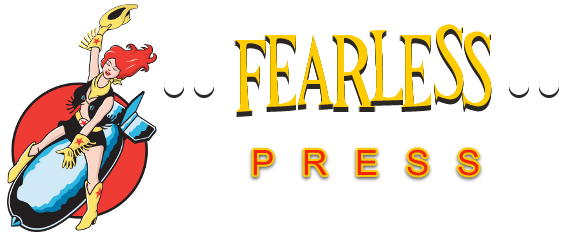By Erin Fae
There must have been something in the coffee in Austria at the start of the last century. Maybe the models were different in their poses, inspiration and influence. Whatever it was, so much of the work produced by members of the Vienna Secession makes me swoon. However, no artist of this age touches me so viscerally and sensually as Egon Schiele.
Egon Schiele (1890-1918) breaks my heart. I’m forever trying to pinpoint exactly what it is about the prolific artist and his short life. Is it the potential for what he could have done had he lived longer than 28? Maybe it’s the controversy he and his work faced while he was alive. More likely, it is the work itself.
Schiele created drawings and paintings. Oil and gouache on cardboard and canvas. Charcoal, black crayon and thin layers of watercolor on paper. Early in his career, he sought out Gustav Klimt who saw potential and made Schiele his protégé.
Like Klimt, Schiele made stunning gestural drawings of women masturbating, but what makes Schiele unique is the raw eroticism that runs throughout all his work. His work seems equally realistic and interpretative, even with its elongated, stretched, and subverted explorations of the human body.
Of all his work, its Schiele’s women I find the most alluring. Look through a monograph of his work and you might find Two Girls on a Fringed Blanket, both staring, one with her skirt hiked up and her leg crossed across her companion, revealing her garters and stockings. Maybe a drawing of a reclining young woman with her leg raised, her body slightly contorted, revealing swirls of pubic hair. There are the many portraits of his lover, Wally, who always seems to be ready to pause in a different seductive pose. All of his models, regardless of gender, seem to stare back at him with fierce intensity.
He also produced a great deal of self-portraits. While these works generally match his likeness as seen in photographs, these portraits lend a glimpse at the ways Schiele envisioned and imagined himself—a self -exploration of erotic and sensual depth. Both vulnerable and commanding, he stares at himself (or the viewer) with the same seductive glances he so often finds in his models.
Ultimately, what stands out about Schiele’s work isn’t the subject matter, but the quality of his lines and brush strokes. This, more than the women with their legs beautifully splayed and hands exploring their own depths, is what makes the work so exquisitely sensual. His architectural paintings or landscapes can be as sexy as his figures. The approach Schiele took with his works is that of passion, eroticism, and a unique interpretation of forms.
Schiele was arrested in 1912 for allegedly seducing a teenager, but when the police came to arrest him, they seized 100s of drawings. Charges of abduction were dropped, but Schiele spent time in jail for exhibiting “pornographic” work where minors might have access. The judge burned one of his drawings in the court room.
Still, today, many people find the bulk of his work off-putting and too provocative. What is too provocative? That is what I want to know. Maybe it’s that undeniable sensuality that makes people feel uncomfortable. To truly appreciate Schiele is to make oneself vulnerable and engage with the aesthetic and the sensual.
If you can, someday do yourself a special sensual favor: go to the Neue Galerie and drink a coffee at Café Sabarsky. You’ll be transported. It is a time travel place, and you might find yourself taking a pen to the receipt and drawing a bit. Maybe it’s the fact that the space feels like you’ve sitting in another era, in another country….or maybe there’s still something they put in the coffee.
